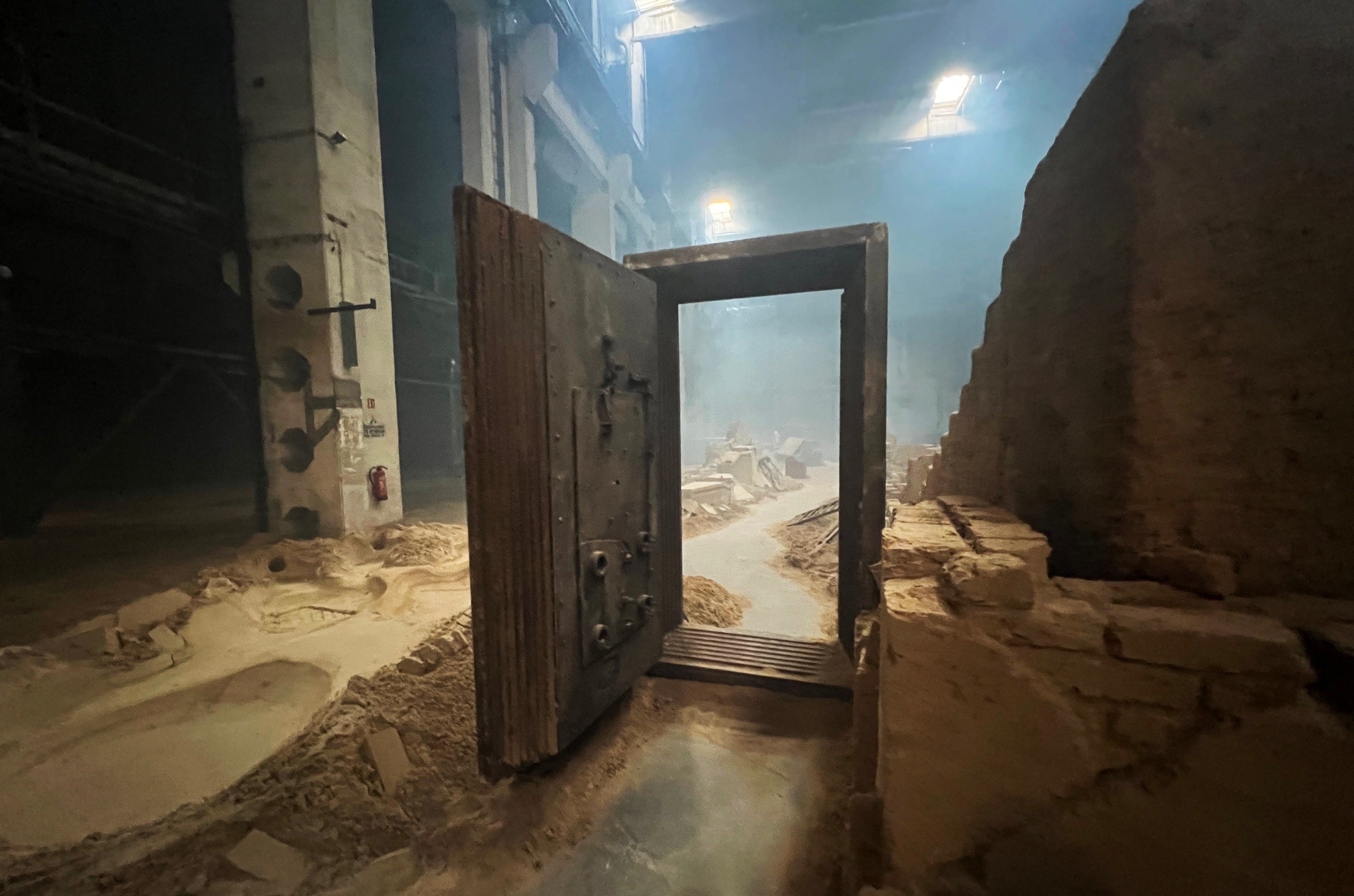 Interviews
Interviews
Tresor 31 explores techno as an artistic and social movement since the fall of the Berlin Wall
Anniversary exhibition curator & DJ Sven Von Thuelen speaks to Arthur Bray on how the club, label & dancefloor shaped the ubiquitous sound
This is the second half of Arthur Bray's two-part feature on the Berlin club's history with Detroit & techno.
Anniversary exhibition curator & DJ Sven Von Thuelen speaks to Arthur Bray on how the club, label & dancefloor shaped the ubiquitous sound
Earlier this year, Kevin Saunderson mentioned that the “dance music industry is still failing Black artists,” and Jeff Mills has echoed that “dance music has become too middle class,” in regards to how technology has made consumption all too predictable and convenient.
Once a nuanced genre, techno is now main stage, fueling online memes, fashion week inspirations and contributing to every metropolitan city’s night time economy. Reflecting on the evolution, much of which is attributed to Tresor’s founder Dimitri Hegemann who openly admits in interviews for “bringing this techno thing over to Europe,” — Tresor launched ‘Tresor 31: Techno, Berlin und die große Freiheit,’ a retrospective on how far the genre’s come by highlighting the political & historical implications that are often overlooked.
In a time when ‘Black Lives Matter’ and the topic of ‘Safe Space’ are ever prevalent, the three-storey exhibition & event series takes over Tresor, OHM and Kraftewerk highlighting techno’s Black music roots with artwork that explore the importance of space in youth movements.
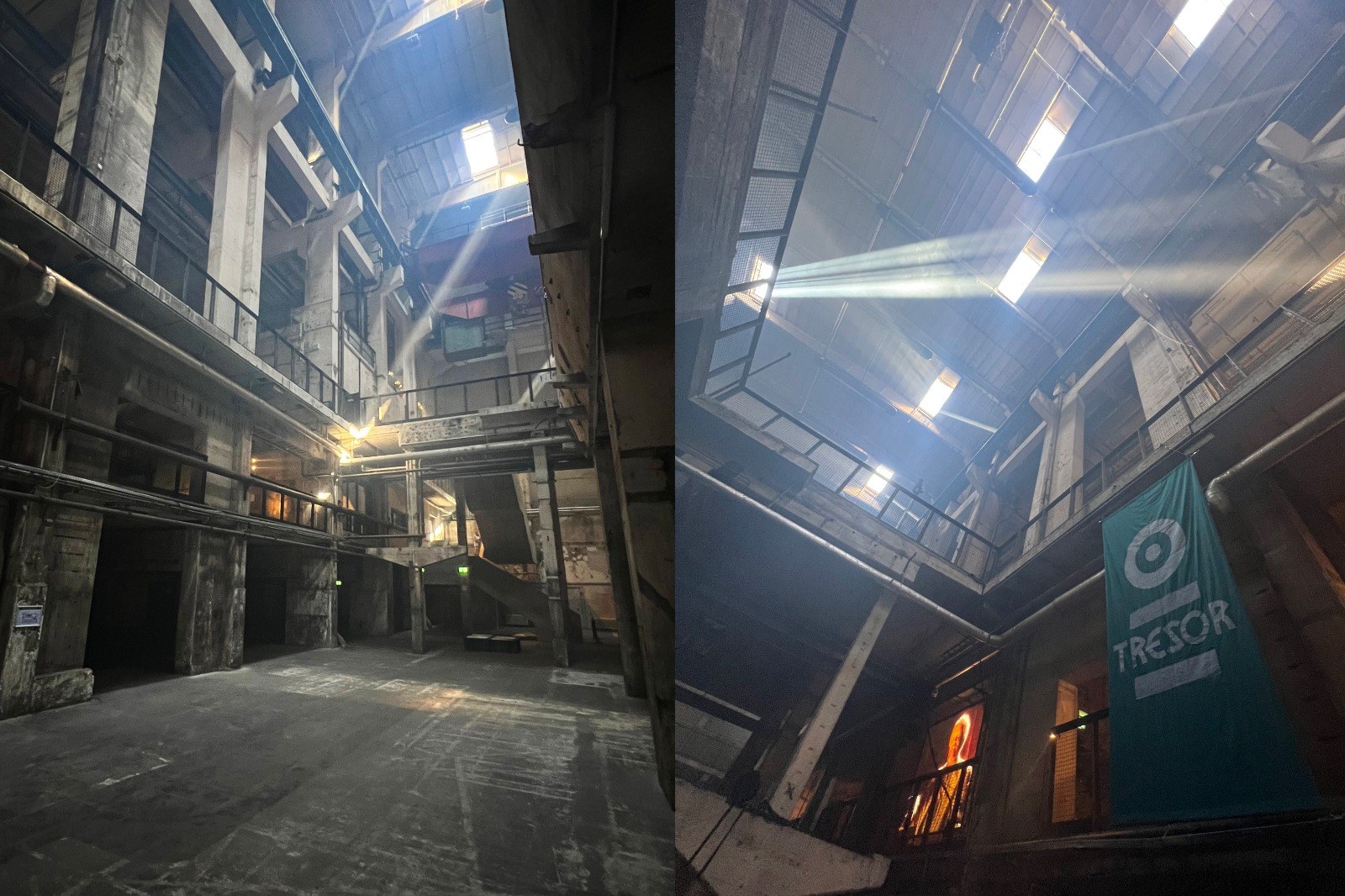
Arthur Bray catches up with curator Sven Von Thuelen who breaks down how the perfect collision following the fall of the Berlin wall coinciding with the launch of the Tresor label and then the club, catalysed a movement that would propel a new experimental Detroit sound from the ‘90s to global arenas.
Sven also speaks on Tresor 31’s diverse curation which features Arthur Jafa (who created visual work soundtracked by icon and Tresor label’s Ron Trent) displayed alongside archive flyers and memorabilia showing early dialogues between Jeff Mills, Underground Resistance and Dimitri Hegemann. Unique sculpture and visual installation pieces by Anne de Vries, Andreas Gurksy and Joe Namy re-contextualize the brooding and often intimidating atmosphere synonymous with Tresor. Yet, perhaps what fascinates dancefloor enthusiasts the most is Tresor 31’s artists bookings. Tapping unlikely names like Tygapaw, Bristolian and RP Boo, the lineup goes further to question the meaning of techno in 2022; showcasing names in the extended worlds of footwork, noise and hybrid electronica in the same vault that once only preached a similar gospel of Marcel Dettman-esque repetition for extended hours on end.
Arthur Bray: As a longstanding member of Berlin’s nightlife scene, what’s your relationship with Tresor?
Sven Von Thuelen: I moved to Berlin in the mid ‘90s. Tresor was a world-famous club already. I started DJing around then. My friend was cleaning Tresor on Saturday and Sunday afternoons. I didn’t have Technic turntables, so she allowed me to use the equipment in the club to practise. Around that time, I started work as a music journalist for a magazine called De:bug in the late ‘90s. From there, I had the idea of writing a book about Berlin’s relationship with Detroit via techno, and the social implications that came with the fall of the wall exemplified by Tresor.
The original idea was to concentrate on this meeting point between East and West Germany, Detroit and Berlin, black and white. But then, we stretched the narrative and started talking about the whole of Berlin, the whole scene. That eventually turned into a book called ‘Der Klang der Familie: Berlin, Techno and the Fall of the Wall.’
The German version was published 10 years ago. The first time I played at Tresor was in 2000, in the old Tresor. The book came out around then. Felix, who’s the co-author, and I decided to self-publish the English translation in 2014 and that’s when it gained quite a bit of international interest. Dimitri and I kept collaborating together once in a while. Then last year, French-German TV channel Arte did a ‘30 years of Tresor’ story, and as a follow-up, we worked on a photobook which I helped out on, and from there it was natural to assist in making the exhibition happen.
So even before the exhibition idea, quite a lot of foundation was already built with Tresor.
I was investigating this topic and putting the pieces together to this unique part of Berlin music history for many years already, so I think Dimitri felt like I was a natural for the curator role. I’m also a little older than others on the team and come from Berlin, so I’ve directly seen how the music has changed the city. I’m honoured and flattered to be able to curate this show.
Having understood the history surrounding Tresor, were there specific points you wanted to highlight that others may not immediately know?
It was really important for me, for us, and also for Dimitri, to make sure the exhibition wasn’t just about the club. It's important to have all the political & historical context in which all of this happened and to have this beam into the present.
There’s a manifesto that we wrote about the post fall of the Berlin wall. It is unique and will never happen again, and we can learn from this. How something like this contributes to city development. How does the night time economy develop? How can you nurture a strong cultural scene? Sometimes, the club gets a little bit more of the focus which is understandable, but I really wanted to make sure Tresor Records got its due, as the club goes hand-in-hand with the label.
There was this political situation after the wall came down, then you had the crazy original location, then the label and its connection to Detroit. Every part of it is essential to make the whole story of Tresor.
Sometimes, the club gets a little bit more of the focus which is understandable. I'm not 100% sure we pulled it off because the history is so long, but we tried.
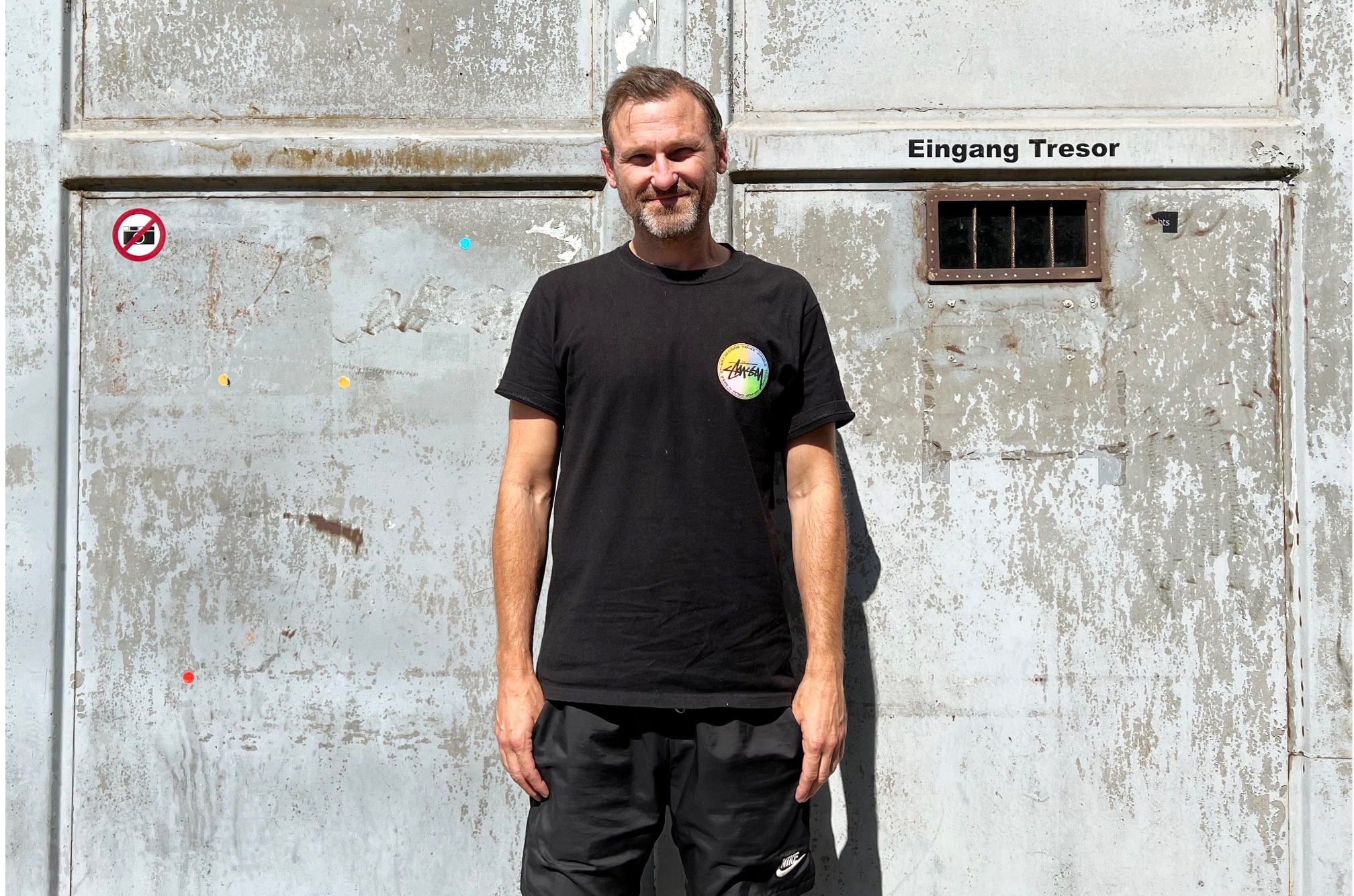
Why was the label so important to the inception of the scene?
Dimitri and Corolla had a label called Interfisch. They were releasing industrial music that was heading towards a more danceable sound. They signed an industrial band called Final Cut which featured Jeff Mills. This was the first meeting point of Detroit and Berlin. They had a club in a supermarket but they weren't happy with the sound so they set off to find Tresor. Corolla started working with Underground Resistance after meeting Jeff Mills and Mike Banks at the New York Music Institute by chance in 1991. The story was that when they were sitting at a panel, somebody passed Carola a note saying “I know you,” and that was Jeff Mills. That’s how they connected.
Sounds like what would be a “DM” in social media today.
Carola then mentioned that now [in 1991] they’re doing a club and Jeff Mills must come play. Jeff mentioned they have this new record and they’re looking for a label to distribute it in Europe. It was a match made in Heaven. From the first 15 Tresor records, 14 are from Detroit or at least feature remixes by Detroit artists. This was the backbone. The combination of the label, the sound, and the club gave the mystique to the roughness. It was the perfect package. If you take one component away, it won't be the same.
Berlin has become synonymous with techno. How important is it for this exhibition to highlight techno as originally black music?
For a lot of people on the dancefloor, they aren’t too knowledgeable about who the DJ might be or where the music comes from, it’s about the experience.
At the very beginning of Tresor, the first 100 attendees, they all know the origins, then when it gets bigger, it gets more diluted, and when you get to mainstream success, like at Love Parade where there’s 500,000 attendees, the black roots of techno suddenly feels white-washed. It is important for Tresor to highlight and make sure people know Tresor is a joint venture between East and West Germany and to some extent, a joint venture between Detroit and Berlin.
For Tresor, it was always about inviting the originators. That's why Dimitri at one point wanted to open a club in Detroit as there’s a lack of means to do so. This turned out to be a very long process and it’s not that easy.
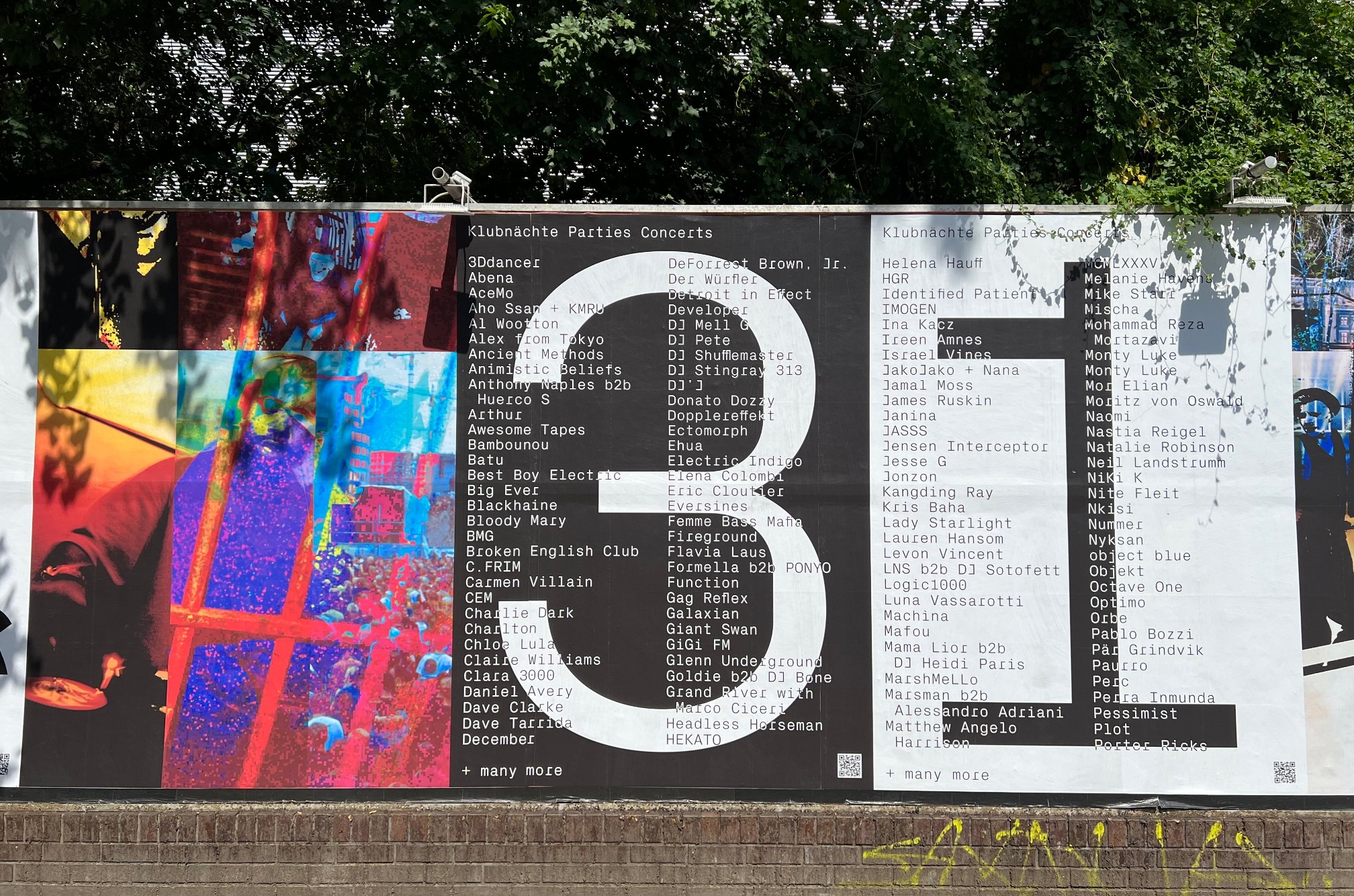
While remaining in the dance music sphere, Tresor’s sound also changed as the club grew its following.
There was a second phase of Tresor in the late ‘90s which consisted of UK influence. DJs like Christian Vogel, No Future Posse, Neil Landstrumm brought a different kind of rowdy sound influenced by trekkie Chicago swing mixed with UK rave history. This was super important for Tresor in ‘94 and ‘95 when the whole Detroit vs. Berlin thing was already established and people wanted something more. The label sold a lot of records at that time when the artist injected another wave to the club. This gets forgotten sometimes, but is a crucial part of Tresor history.
Now, we’re looking at the ‘Tresor 31’ showcase, and the likes of Giant Swan, Bristolian to RP Boo and Tigerpaw headline the bill. What’s the thread that ties all these artists together with Tresor’s techno origins?
Up till the ‘90s and even more recently, you could say that Tresor was very conservative. Raw and true to the original idea, Tresor was preaching the same gospel. The Tresor now is a reflection of what’s current, or what’s next, even. After 30 years, the electronic music scene has shifted where other adjacent genres also take up this space called “techno.” There’s this new influx of breakbeat-driven music which makes a new kind of melting pot. It’s great to throw all these things together to see what happens next.
With Tresor being such a mainstay, your curation will have a knock-on effect. As for the visual artists in the exhibition. Some artists like Arthur Jafa may not immediately be associated with club culture. What is it about their contribution that made the lineup interesting?
Pretty much all artists have a connection to club culture or Tresor itself. For instance, Arthur Jafa’s ‘APEX’ was soundtracked by a Robert Hood production from Tresor Records in his video work.
Some might not know, but Robert Hood is a minister. A couple of years ago, he did a sermon just down the street in a church, and afterwards he performed. Around that time, Robert Hood went into a gallery where Arthur Jafa displayed a video using his music. He didn’t know this but was really touched by seeing how his music was utilised in a different medium. So It was a no-brainer to include this piece in the show.
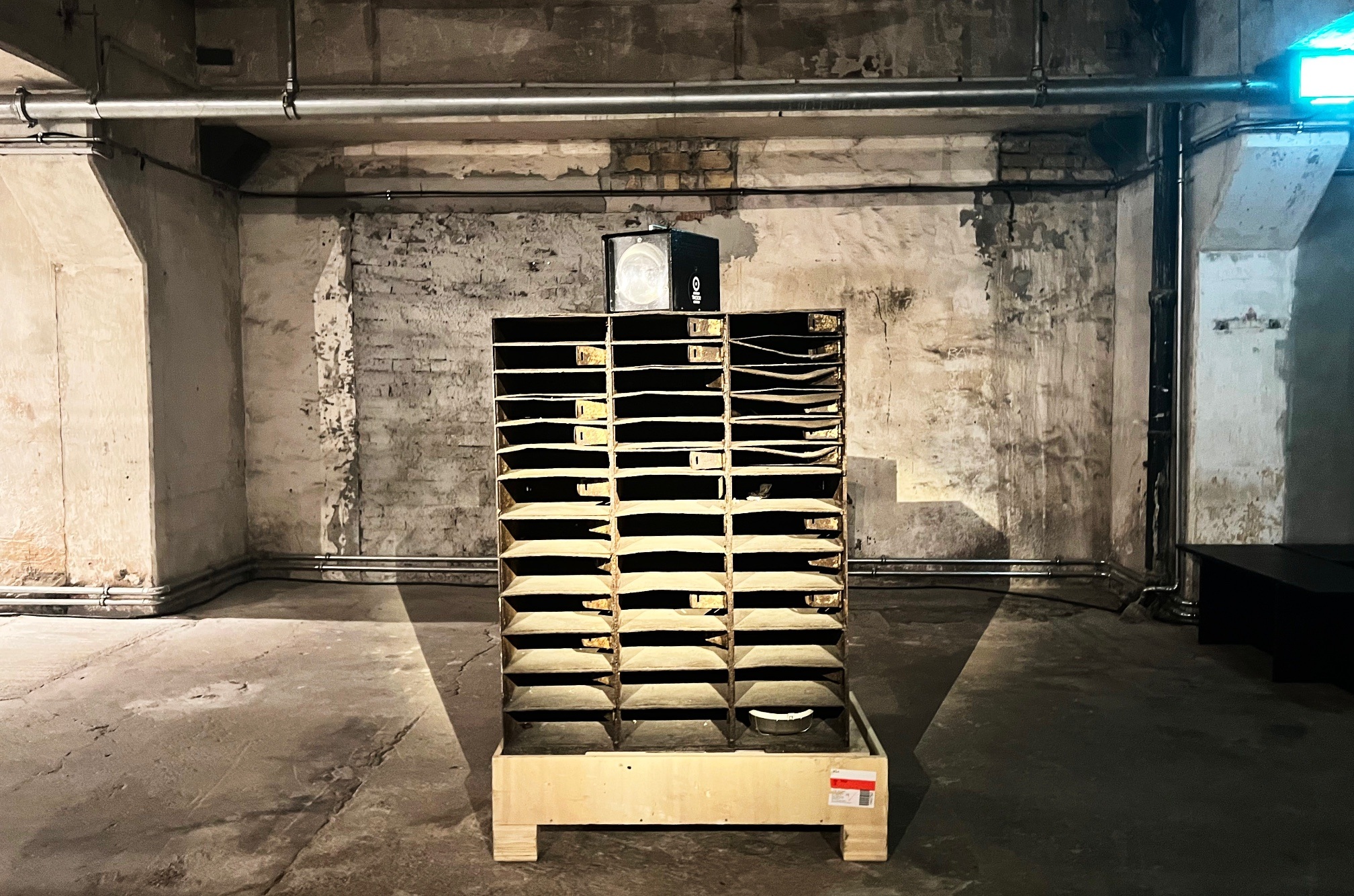
Some of the exhibition pieces are archival while others are commissioned, what was the curatorial process like working with different parties?
I think six to seven pieces were commissioned, while we also allowed artists like Rebecca Salvadori to tap into the archive in ‘Tresor Tapes.’ She created a new film based on digital archives. The ground floor features collaborative works by artists, while the second floor shows the timeline of Tresor, before building into a crescendo on the top floor which features ‘Stamping Grounds,’ a sand-carved installation with interactive soundscape by Anne de Vries.
What are some of the unforeseen challenges when creating this piece?
We were working with 150 tons of sand. Ideas versus practicality is often a tough balance when creating art. Once we settled on a final concept, we had to execute.
Kraftwerk is an intimidating place to tackle.
From conceptualising to bringing it to reality, it was hard to see it come to life to begin with since Kraftwerk is such an imposing space. Dimitiri and I liked the idea of the exhibition looking like it’s a constant work in progress. The whole process was very Tresor. Some of the artists were setting up their pieces and we were still moving parts of the show around. At one point, I cut myself on one of the glass installations and was trying not to bleed on the objects.
You teamed up with usomo who specialise in 360° sound and virtual reality to bring the whole space alive. Why were they crucial tech partners?
For a mainstay that’s been around since the ‘90s, we wanted to recreate the feeling of a ”free space” right after the fall of the Berlin wall. Figurative and literally, a lot of these buildings in the city today weren’t there previously.
Usomo helped soundtrack the whole show so attendees tuned into different sounds, music and conversations throughout the exhibition. There’s a big curtain by the entrance which gives a nod to The Iron Curtain. We wanted a big breeze to run through it, so the headphones’ audio experience helped accentuate this.
Elsewhere, if you sit on a bench, stories and interviews with different people are triggered, as if you’re tuning into memories. You don’t know who’s saying it but it’s a recreation of those experiences & conversations from those days.
Regardless of the exhibition, the space itself is already quite powerful. You can just get lost in the post-industrial beauty of Kraftwerk.
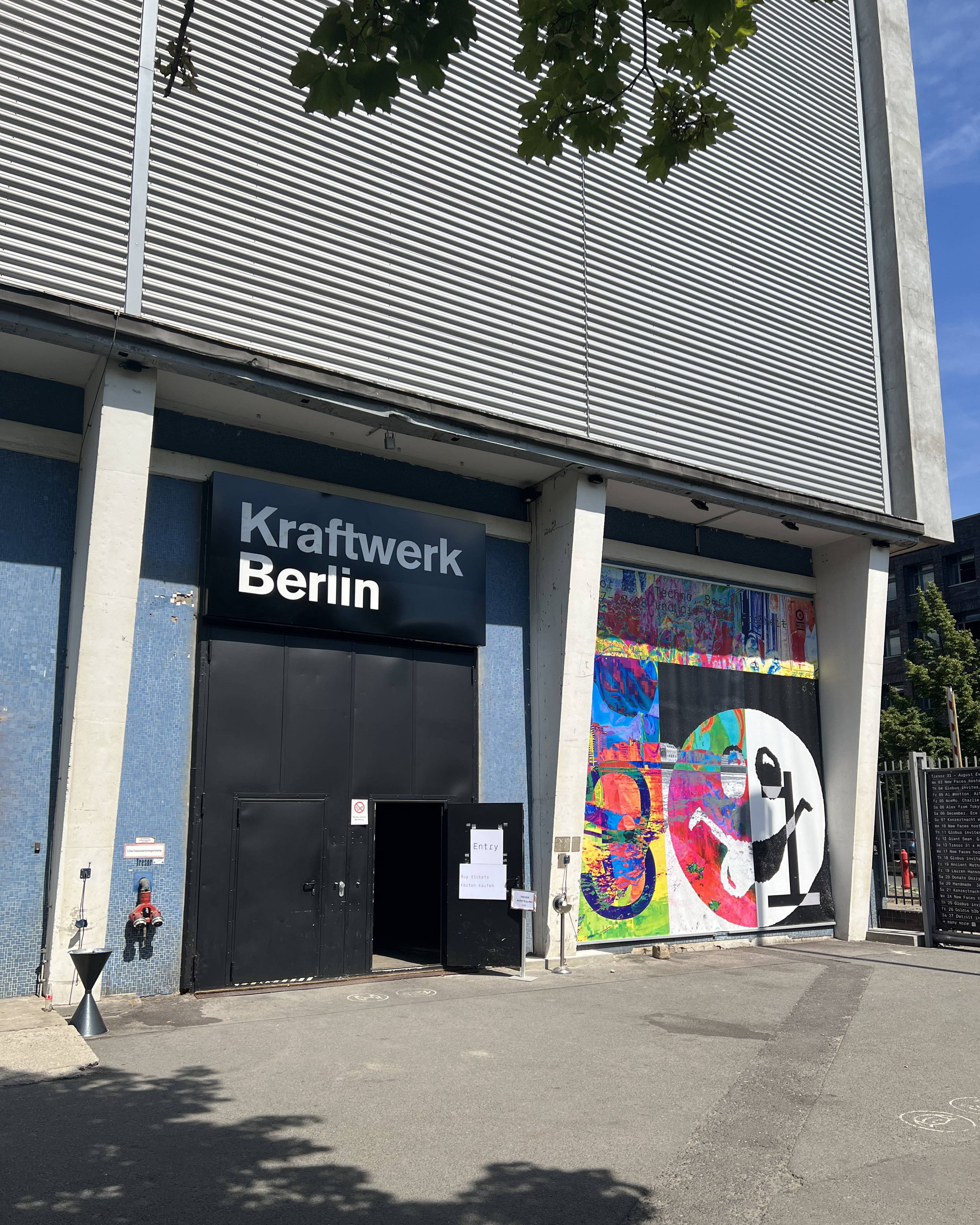
30 years ago, Tresor was born out of the post-Cold War era and was a place of euphoria in a unique social-economical time. In 2022, the topics surrounding Black Lives Matter and “safe space” in club culture are prevalent. What does Tresor mean to people now?
That's a good question, and it's a big question. It’s hard for me to speak for a 20 year-old. We did a stream for ‘30 years of Tresor’ with Tygepaw and Russell E.L. Butler, and we engaged in an interesting conversation about Tresor’s legacy and the importance of techno’s black roots which allows people to delve deeper into this wormhole of Jeff Mills and Underground Resistance. In some sense, continuing this conversation and history for another generation. Within Berlin, techno is established and it's an economical factor for the city. It is absorbed by mainstream culture, yet it serves as a reminder to not take all this for granted. Other cities don't have a space like Kraftwerk at your disposal. If it does, it’ll be commercial.
For a very long time, there was little economic pressure and a lot of space. People need space. there are political and cultural implications to that obviously, you know? Tresor should still be a place for people to come together, experience electronic music, be it techno or house, in a communal, cathartic moment on the dancefloor, and feel how invigorating that is.
30 years later, techno has, for the most part, become a mainstream genre. What are your thoughts on the role it plays now in underground culture?
You cannot compare Berlin in 1991 to Berlin in 1992. You cannot even compare Berlin 2022 to Berlin 2012. Same goes for techno as a whole in a way, because it’s changed so much. We will see where things will go especially with the digitisation of music and the influence of social media, not just in techno and club culture, but culture in general. The changes definitely come with a price.
The idea of anti promotion in promotion has always been interesting. How do you promote artists and DJs while maintaining some kind of framework?
This is a delicate balance, especially in a context of social media where everybody tries to build his, her, their own brand all the time.
Given that change is inevitable, what are certain pillars that will always be firm in Tresor’s mantra?
Who knows what will happen in the next 10 years. The “no photos” mantra is just a general thing in certain parts of club culture, not just Berlin. No photos on the dance floor. This is intended for those who are there. Just be in the moment, in the place for exploration.
For other clubs in Berlin, a similar marketing strategy also occurs that’s informed by the original ethos. I don't think that will change.
Check out 37 photos from Tresor 31 Exhibition: Techno, Berlin und die große Freiheit here.
Arthur Bray is a Guest Editor for Mixmag Asia. Follow him on Instagram here.


